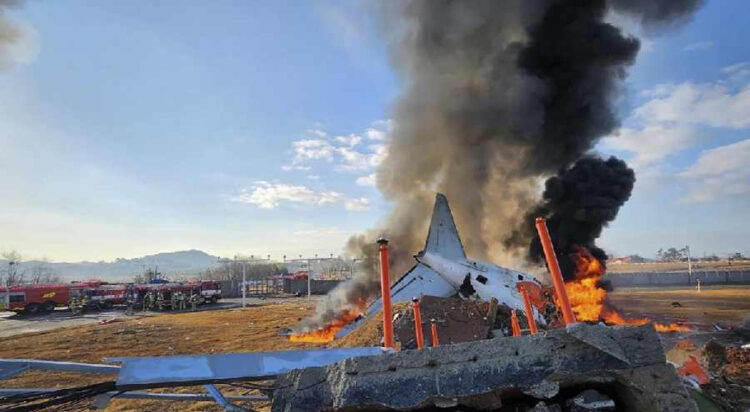All 181 passengers and crew aboard a passenger jet that crashed upon landing in South Korea on Sunday morning are presumed dead except for two people rescued from the wreckage, authorities said as reported by international media.
The two survivors have been described as a male crew member from the flight, who is receiving care for non-life-threatening injuries in an intensive care unit, and a female crew member who is recovering with non-life-threatening injuries, according to Health Ministry officials on Sunday evening. Here is the list of all the plane crashes of 2024:
January: The year began with a catastrophic runway collision at Haneda Airport in Tokyo on January 2, when Japan Airlines Flight 516, an Airbus A350-900 arriving from Sapporo, collided with a Japan Coast Guard aircraft.

Both planes caught fire, leading to the total destruction of the Airbus, though all 367 passengers and 12 crew members were evacuated safely. Tragically, six occupants of the Coast Guard’s De Havilland Canada Dash 8 perished, while the captain sustained serious injuries. The Coast Guard aircraft was en route to provide earthquake relief in Niigata following a tremor the previous day.
On January 5, Alaska Airlines Flight 1282, a Boeing 737 MAX 9, experienced explosive decompression shortly after takeoff from Portland International Airport. The aircraft returned safely with all 177 occupants unharmed, prompting the FAA to ground all 737 MAX 9 planes fitted with door plugs for inspection.
The month continued with significant corporate news as the U.S. Department of Justice blocked JetBlue’s $3.8 billion acquisition of Spirit Airlines on January 16, citing concerns over competition in the low-cost carrier market. Spirit’s stock plummeted by 47% following the announcement.
In a positive development, Akasa Air placed an order for 150 Boeing 737 MAX aircraft at the WINGS India 2024 event on January 18. However, tragedy struck again on January 23 when a BAe Jetstream 32 crashed shortly after takeoff from Fort Smith Airport in Canada, killing six of the seven people on board.
The month ended with a crash involving a Russian Ilyushin Il-76M transport aircraft in Belgorod, which reportedly carried 65 Ukrainian prisoners of war, resulting in multiple fatalities.
February saw the tragic death of former Chilean president Sebastián Piñera in a helicopter crash on February 6. The month also witnessed a Bombardier Challenger 600 crash in Florida on February 9, killing two of the five occupants.

On February 18, Air Serbia Flight 324 struck landing lights during takeoff but managed to land safely despite sustaining significant damage. The Singapore Airshow from February 20-25 highlighted major aircraft orders, including 20 A330neos from Vietjet and 45 787-9s from Thai Airways.
March began with a mid-air collision involving a Dash 8-300 and a Cessna 172 in Kenya, resulting in the Cessna’s crash and the death of its two occupants. The month also marked the passing of David E. Harris, the first African American pilot for a major airline, on March 8.
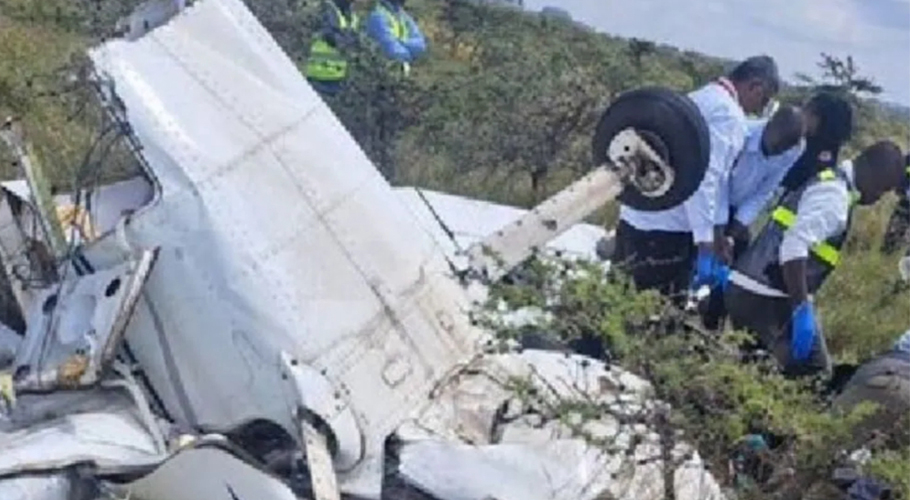
On March 10, LATAM Airlines Flight 800 experienced an in-flight upset, injuring 50 passengers. A Russian Ilyushin Il-76 crashed near Belgorod on March 12, killing all 15 on board. The Boom XB-1 prototype conducted its first flight on March 22, aiming to pave the way for future supersonic travel.
April began with Skydweller Aero completing the first unmanned flight of a large solar-powered aircraft. However, the month was marred by tragedy when a UH-1 Huey helicopter crash in Kenya killed General Francis Ogolla and nine others on April 18.
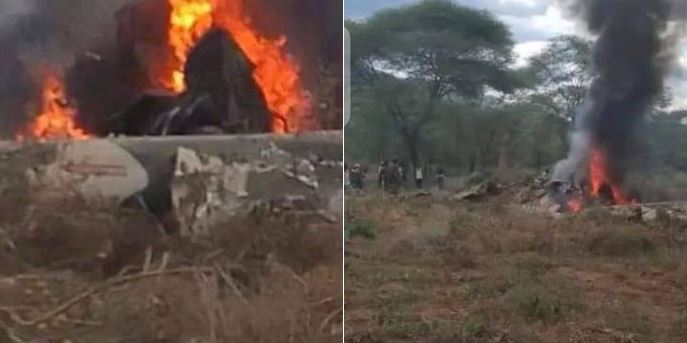
The FAA implemented a ground stop for Alaska Airlines on April 17 due to a system upgrade issue. The month ended with the tragic collision of two Royal Malaysian Navy helicopters, resulting in the deaths of all 10 occupants.
May saw the passing of aviation pioneer Dick Rutan on May 3 and Bette Nash, the world’s longest-serving flight attendant, on May 17. A helicopter crash on May 19 claimed the lives of Iranian President Ebrahim Raisi and several officials.
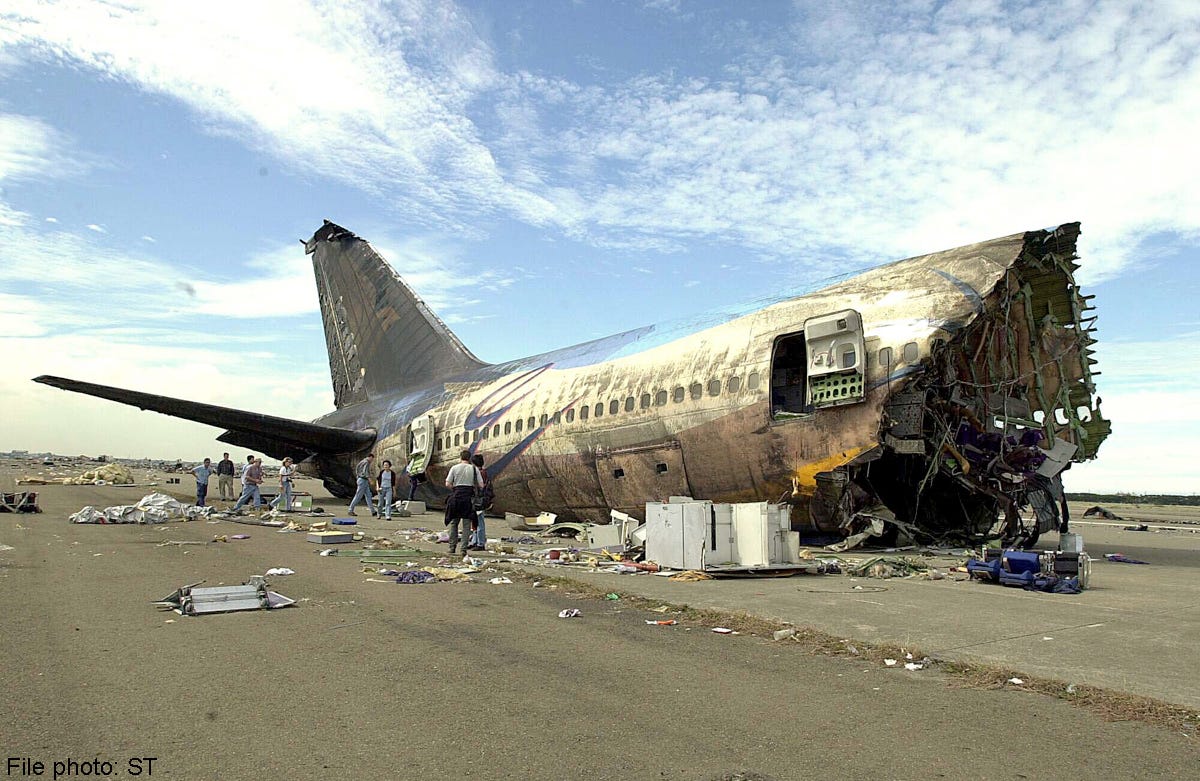
On May 21, a Singapore Airlines Flight encountered severe turbulence, resulting in one fatality and numerous injuries. The month concluded with flooding in Brazil affecting Porto Alegre Airport and leading to limited services from Canoas Air Force Base.
June began with the crash of a Beechcraft T-34 piloted by former NASA astronaut Bill Anders, who did not survive. A Malawi Air Force Dornier 228 crash on June 10 killed all nine occupants, including the Vice-President of Malawi.

July was marked by the crash of a Sukhoi Superjet 100-95LR on July 12, killing all three on board. Saudia signed a deal for 50 electric Lilium Jets, and the Farnborough International Airshow showcased significant industry developments.

Tragedy struck again on July 24 when a Bombardier CRJ200ER crashed shortly after takeoff from Kathmandu, resulting in 18 fatalities.
August began with a devastating crash of an ATR 72-500 operated by Voepass Linhas Aéreas on August 9, which went down in a residential area near Vinhedo, São Paulo, killing all 62 people on board. Shortly after, on August 22, Thai Flying Service Flight 209, a Cessna Grand Caravan, crashed into a mangrove forest in Thailand, resulting in the deaths of all nine occupants.

As Typhoon Shanshan approached Japan, hundreds of domestic flights were canceled on August 28, disrupting travel plans for many. The month concluded with Serbia’s significant military procurement, signing a $2.7 billion contract with Dassault Aviation for 12 Rafale fighter jets.
September opened with Scandinavian Airlines exiting the Star Alliance after 27 years to join SkyTeam. On September 13, over 33,000 Boeing machinists went on strike, halting production of several aircraft models, including the Boeing 737 and 777. Hawaiian Airlines made headlines on September 18 by merging with Alaska Airlines, marking a significant shift in the U.S. airline landscape.

In September 2024, several plane crash incidents resulted in fatalities. Notably, a single-engine Piper PA-46 crashed in Indiana on September 6, claiming the lives of all four people on board. Additionally, a crash on September 28 involved a single-engine airplane that resulted in 28 deaths when it went down in a remote area of Colorado.
October began with AIX Connect ceasing operations after merging with Air India Express on October 1. A bomb from World War II exploded at Miyazaki Airport on October 2, causing damage and operational disruptions. The month saw further tragedy when an Ilyushin Il-76 was shot down over Darfur, killing all five occupants on board.
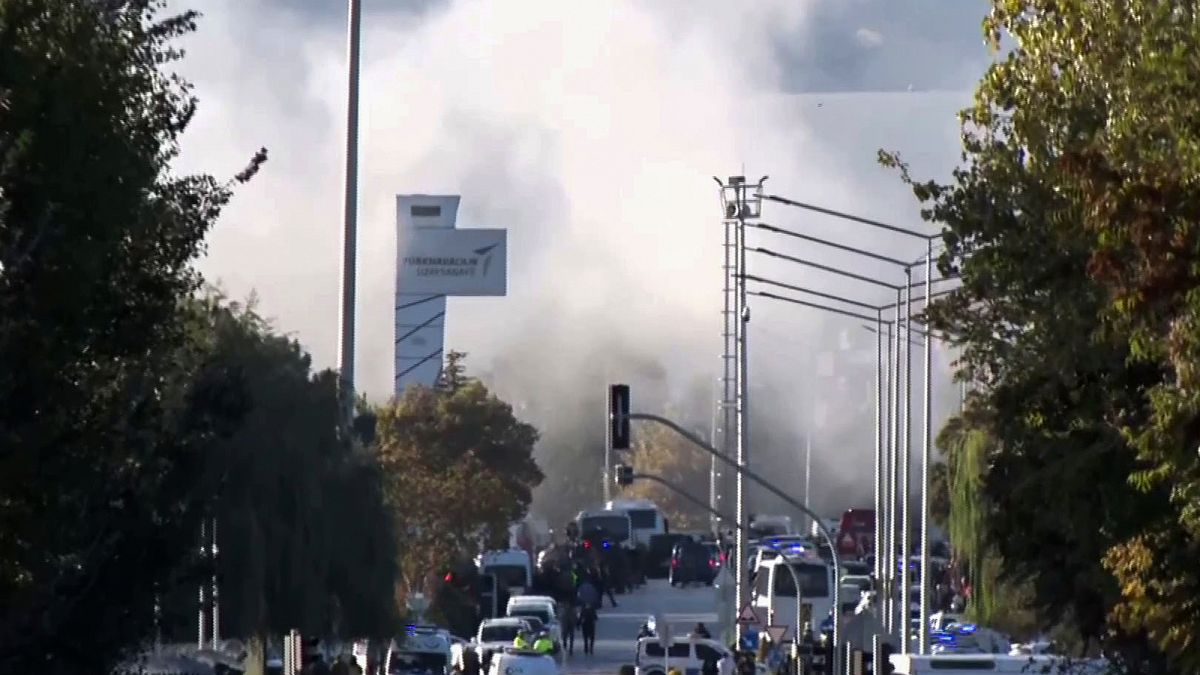
On October 23, the headquarters of Turkish Aerospace Industries was attacked, resulting in five fatalities and numerous injuries. The month ended with Czech Airlines ceasing operations after nearly 101 years, transitioning to a holding company under Smartwings.
November began with Total Linhas Aéreas Flight 5682 catching fire in flight on November 9, leading to an emergency landing in São Paulo with both occupants surviving. The merger of Vistara with Air India on November 12 marked a significant consolidation in the Indian aviation market. The month also featured the first long-haul flight of the Airbus A321XLR operated by Iberia on November 14.

Tragedy struck again on November 18 when Spirit Airlines filed for Chapter 11 bankruptcy protection, citing financial struggles and failed mergers. The month concluded with a crash involving Swiftair Flight 5960 near Vilnius, resulting in one fatality among the crew.
December was marked by a series of tragic incidents, including the crash of a Bombardier Challenger 300 in Argentina on December 18, which killed both pilots. Turkish Airlines received a Guinness World Record for operating in the most countries on December 20, but the month also saw a Piper PA-42 Cheyenne crash in Brazil, killing all 10 occupants.
The year ended with a catastrophic event on December 25 when Azerbaijan Airlines Flight 8243 was struck by a Russian missile, resulting in 38 fatalities. The final incident of the year occurred on December 29, when Air Canada Express Flight 2259 made a crash landing in Halifax, with all 77 occupants surviving despite significant damage to the aircraft. The deadliest crash of the year, Jeju Air Flight 2216, occurred on the same day, claiming 179 lives and marking a somber conclusion to a tumultuous year in aviation.
Recent Incidents
Recently, a devastating plane crash in South Korea claimed the lives of 179 people, marking it as the deadliest aviation disaster in the country in decades. The incident involved a Jeju Air flight that crashed while landing at Muan International Airport, with only two survivors among the 181 people on board .
Eyewitnesses reported that the aircraft skidded off the runway, hitting a concrete barrier before erupting into flames. Preliminary investigations suggest that a bird strike may have contributed to the loss of control during landing. The tragedy has left families in mourning, with the South Korean government declaring a week of national mourning to honor the victims.
In a separate incident, an Azerbaijani Airlines flight near Aktau, Kazakhstan, resulted in the deaths of 38 individuals, with 29 survivors reported among the 67 people on board. The Embraer 190 aircraft encountered technical difficulties after a bird strike, prompting an emergency landing attempt that ultimately failed.
Witnesses described the plane engulfed in flames upon impact, and investigations are underway to determine the precise causes of the crash, including potential issues related to GPS jamming. Both incidents underscore the ongoing challenges and risks associated with aviation safety.







